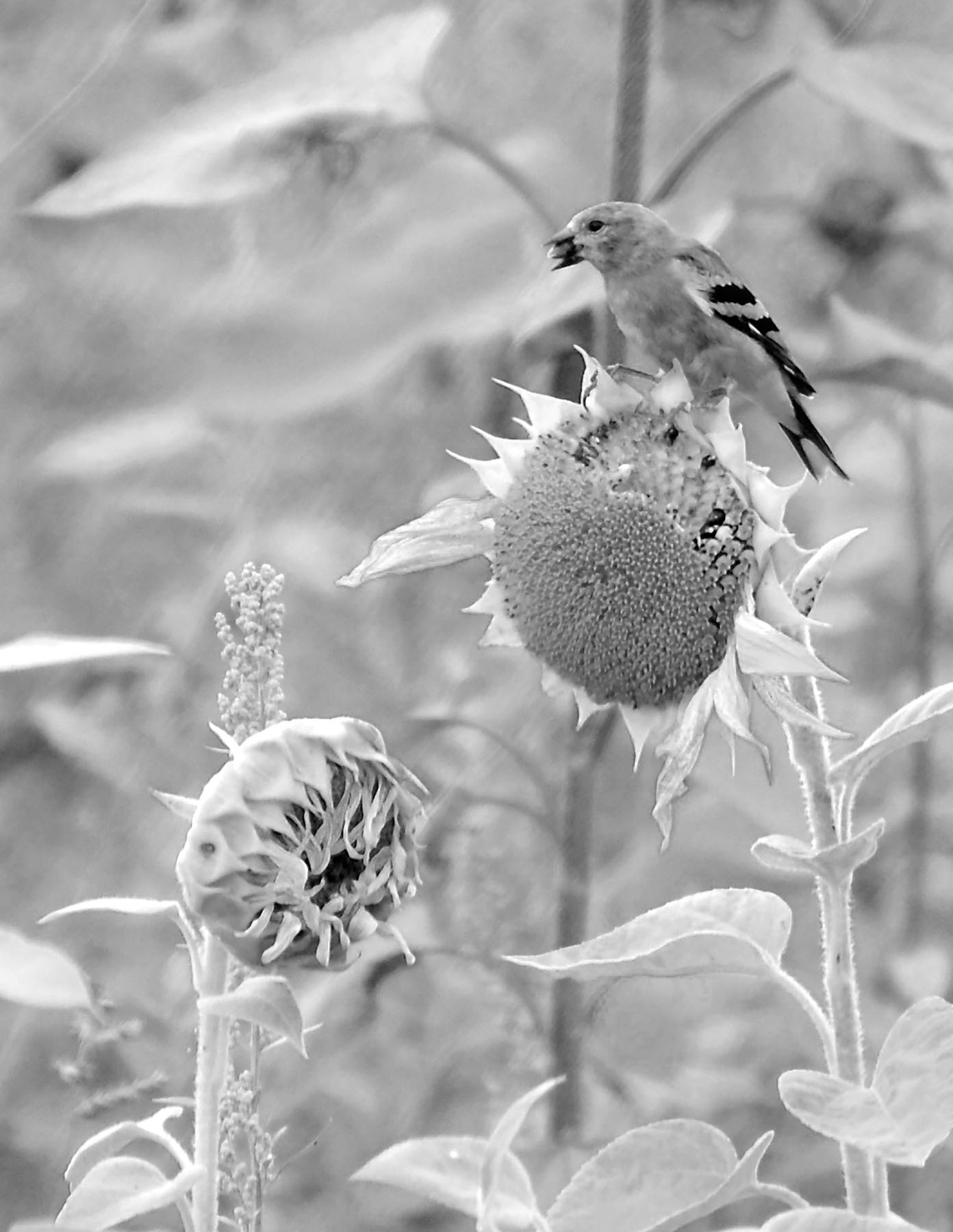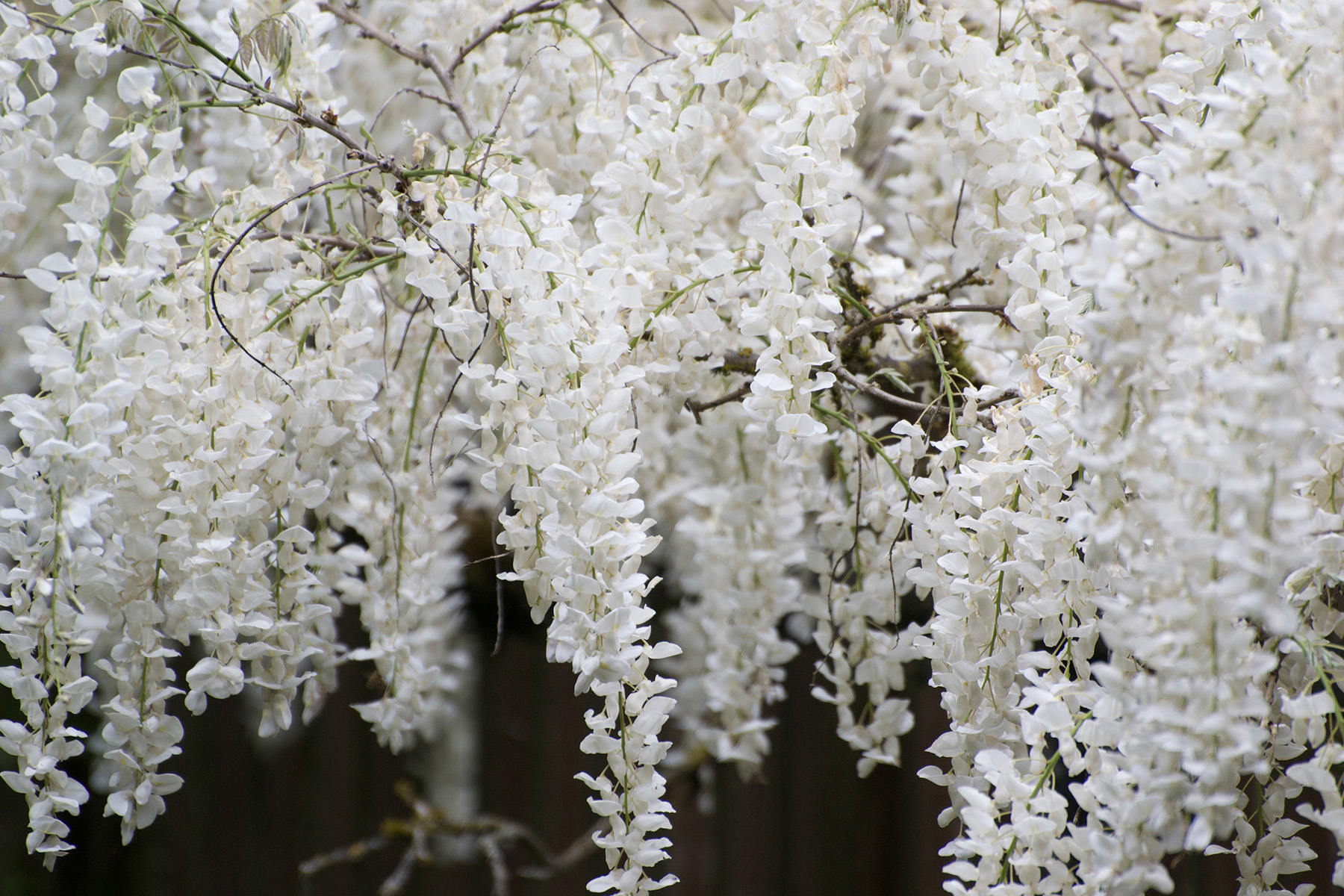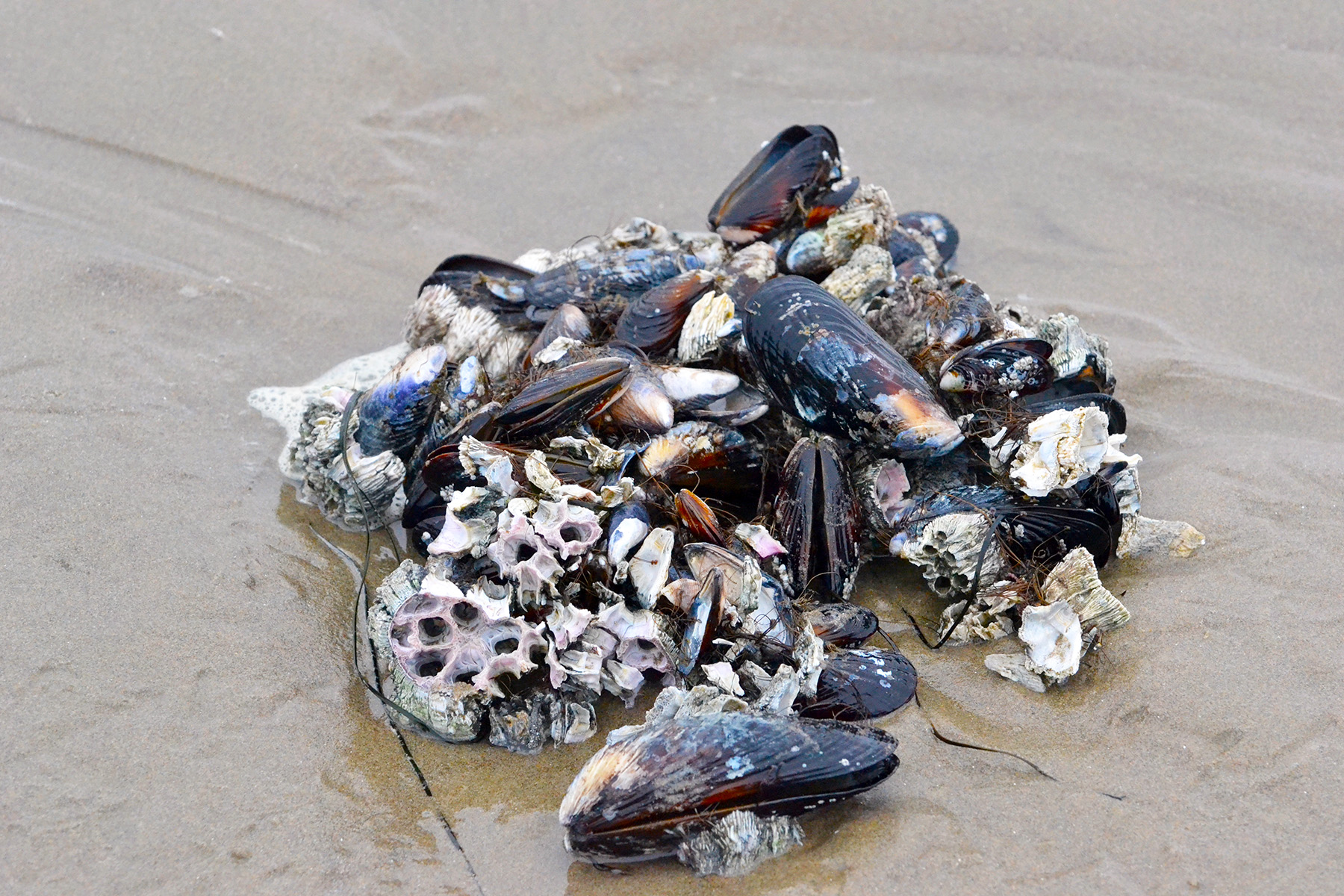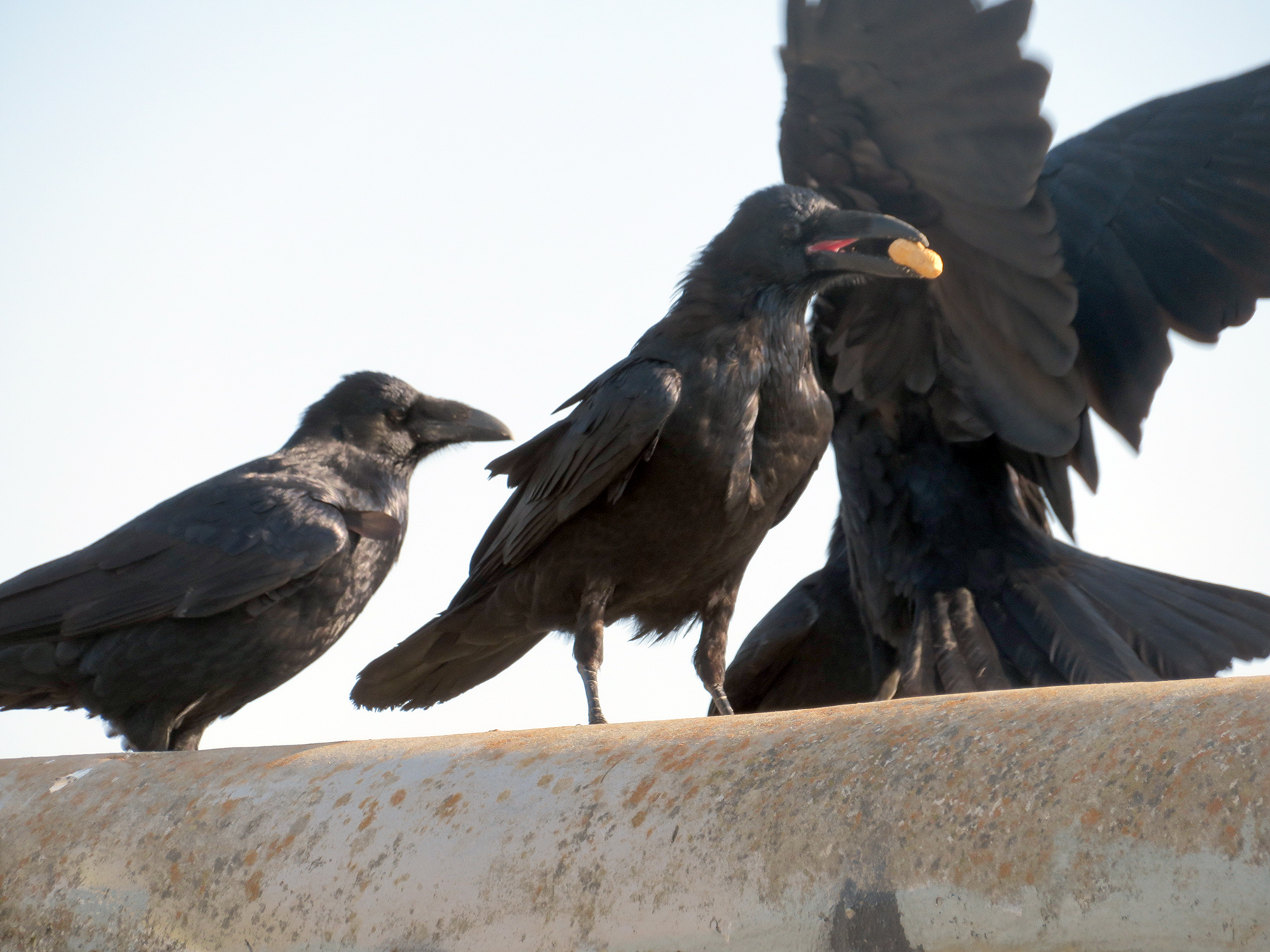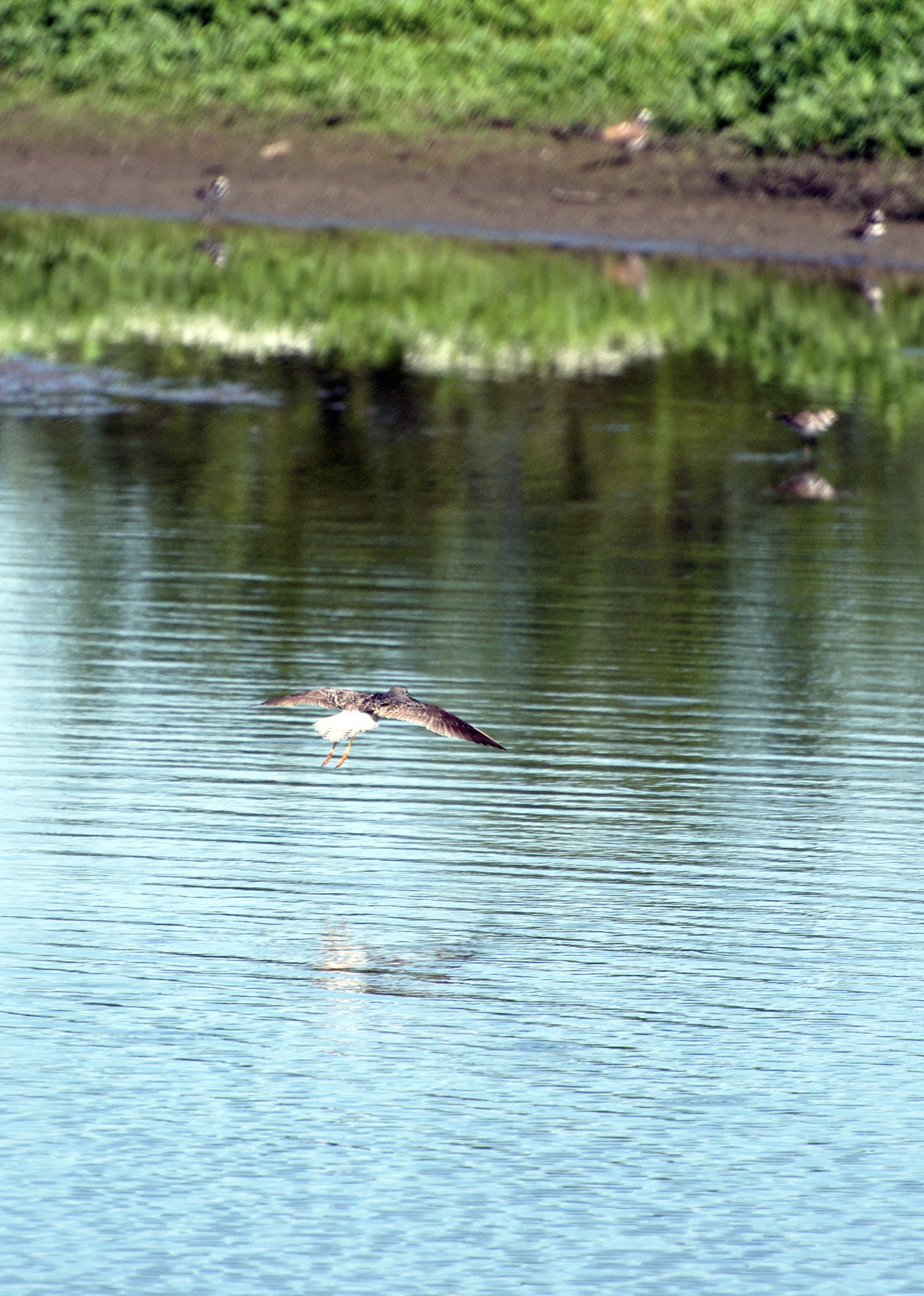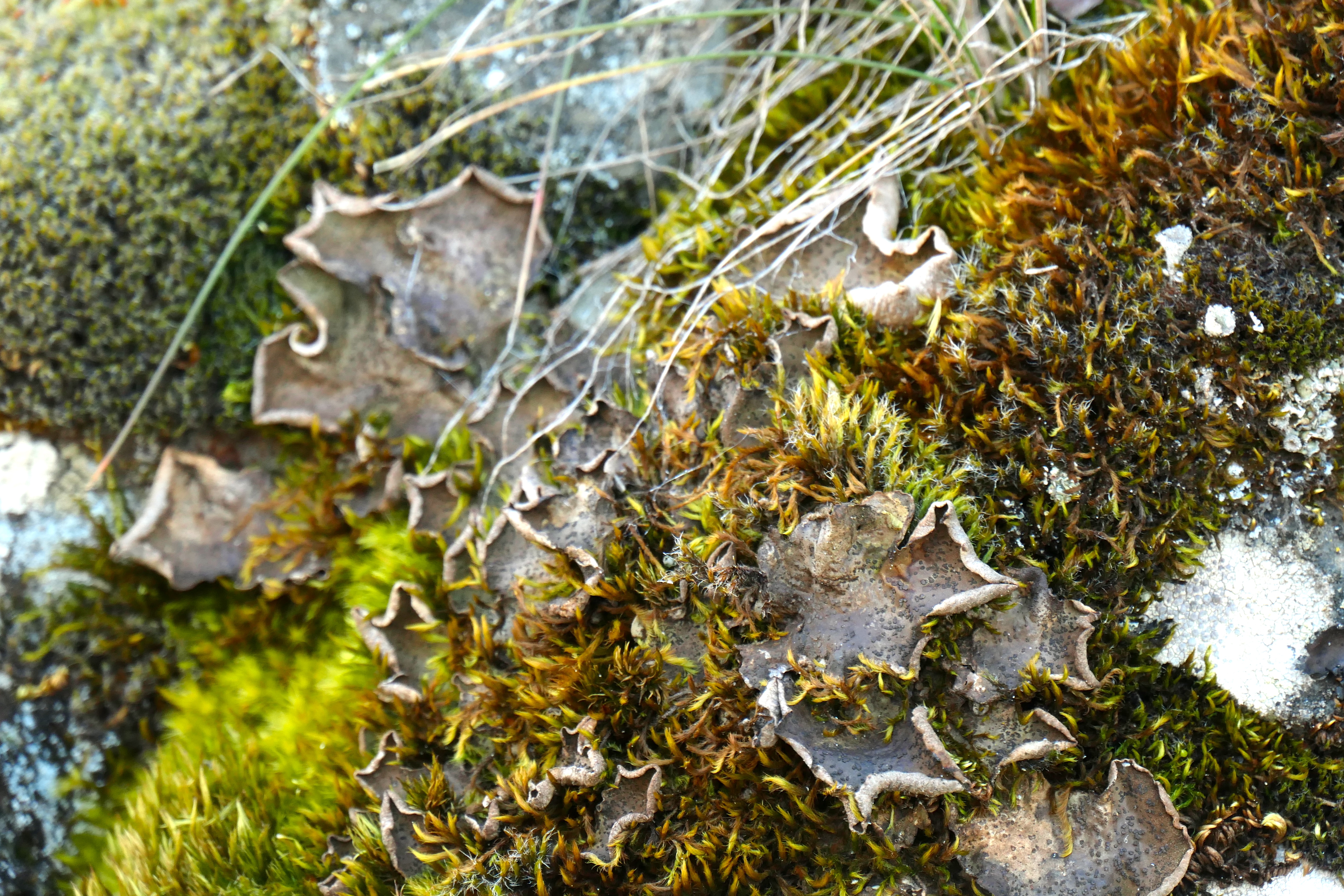Got Milkweed?
· Lepidoptera Patterns ·
On those days where my body is off and my brain stuck in first gear, I have to practically force myself to go out for a walk. I’m so glad I did this last Saturday, one of those days, and chanced on a garden planted for butterflies while walking along the tree-shaded streets of the Irvington neighborhood.

As luck would have it, the owner of the property, attired in a butterfly sweatshirt that distracted from her porcelain features and clear blue eyes, was out there weeding and perfectly happy to show this stranger around.

Ida Galash has been interested in butterflies all of her life, a passion that led to the decision to plant a serious butterfly garden about 2 years ago. It hosts zinnias, dahlias, Japanese anemones, fuchsias, coneflowers, lantanas, fig tree, roses, crepe myrtle bushes and so many more, arranged with an artistic eye.



The crucial ingredient is, of course, milkweed. This plant is the singular food source for Monarch caterpillars, and it comes in a variety of shapes and forms. Poisonous to the core, it took one of those evolutionary miracles that the monarchs adapted to this plant by only three simple genetic mutations, storing its toxin in their body as a defense against birds.


My luck in finding this garden pales compared to the owner’s when a monarch actually deposited eggs in her garden some weeks ago.

Or maybe it was not luck but nature’s grateful reciprocity towards someone who has become a guardian of dwindling resources in a world where monarch butterfly habitat disappears by the minute. Between climate change, forest fires and ever-more built-up environments, the butterflies are under enormous stress in their migrations.

Ida carefully collected the eggs, sharing them with another monarch enthusiast and protected them against predators and suddenly cool nights in various forms of shelter. They did hatch after a few days and the larva (caterpillars) happily munched on freshly provided milkweed leaves.

Two weeks later they attached themselves to a leaf or stem via little threads of silk that they spin and then the metamorphosis into a gold-flecked chrysalis began. Eventually a fully formed butterfly will emerge, about 10-15 days later.
Here is the chrysalis.


During the course of a summer there will be 4 generations of monarchs going through this cycle, with all but the last one having an average life span of about 6 weeks. The 4th generation, emerging from eggs usually laid in September or October, will live many months, enough to migrate to California or Mexico to survive the winters in warmer weather, before it returns to the NorthWest in early summer.
If it returns. Monarchs, although weighing less than a paperclip, make their way South and back along three butterfly “highways,” but the numbers are steadily falling. It is not just the loss of their habitats, which have been subsumed by intensive monoculture, orchards, vineyards and farms, but also the decline of species of the milkweed plant, the only one that can sustain their breeding. Pesticide use has decimated them. Warming ocean waters intensify hurricanes that kill the monarchs on their flight. Trees used for roosting are sickened by unusual heat and diseases that flourish with climate change, or logged for insatiable commercial interest.

If you want to read a spirited book about their quirks and voyages, borrow a copy of Wendy William’s The Language of Butterflies – How Thieves, Hoarders, Scientists, and Other Obsessives Unlocked the Secrets of the World’s Favorite Insect.

If you want to read an intensely moving essay about conservationists and their fight for the survival of monarchs, check out the attachment below. It is long, but worth it, and includes for us Oregonians a depiction of a local miracle: a female monarch defied the “disperse your eggs widely” rule and laid some 600 eggs in one garden in Brookings, OR. Over the next months they counted 2700 in that yard, and more than 5000 across the small town.
Individual actions matter, whether planting a garden with the appropriate habitat, or helping others to do so. I found various suggestions on this informative website. In general you can think about distributing seed packages to Halloween trick or treaters, to schools, to restaurants or any community organization. You can also spread the seeds in public areas in hopes some will take, rewilding, in some ways, what was once the natural habitat. You can get kits and together with your children grow butterflies at home and release them after they emerge. You can fill goodie bags for wedding guests with seed packages instead of chachkas. More tips can be found on the Portland Monarchs FB site, where I also discovered this visual time line:

And all this can be done in the relative safety of these Northwest parts. Actually, I should not treat the topic of safety lightly. As it turns out numerous key figures in the preservation movement for monarch butterflies have been either threatened severely or killed outright last year.
“Mariana Treviño-Wright, executive director of the National Butterfly Center in Mission, Texas, has endured months of escalating rape and death threats in response to her butterfly conservation work along the Rio Grande. The center is an ecological mecca and home to 240 species of butterflies, a third of the total found within the United States…she has found herself in the crosshairs of white nationalists hellbent on erecting a border wall…By the time of a restraining order, though, Build the Wall’s three-and-a-half-mile “border” wall in Mission was well under way, and the National Butterfly Center estimates that for every mile of barrier, twenty acres of habitat are obliterated. The sanctuary’s ecological value exceeds the life within its boundaries, for it serves as a vital natural corridor, not least for monarchs on the move. The towering wall and razed habitat threaten far more than human and butterfly migrants. If the Rio Grande floods—as it did in 2018 when the river rose sixteen feet overnight—fleeing wildlife such as bobcat, coatimundis, and peccaries will literally hit a wall and drown en masse.” (Ref.)
Some 700 miles south, two butterfly preservationists were actually killed. Homero Gómez González, who managed Mexico’s El Rosario Monarch Butterfly Preserve, got in the way of illegal logging – the desirable oyamel firs down south anchor the butterflies’ life cycle and are already stressed by climate disruption – as well as clandestine avocado growing, making enemies of those who saw potential earnings dwindle.

Raúl Hernández Romero, who worked as an ecotourist guide in a section of the vast Monarch Butterfly Biosphere Reserve that UNESCO declared a world heritage site in 2008 and who vocally denounced logging as well, was stabbed to death in the same week. Both murders occurred in the Mexican state of Michoacán, directly west of Mexico City. Michoacán is home to the world’s largest monarch roosts, but it is also a hotspot for violence stemming from organized crime.
They are not the only ones. The annual report of Defending Tomorrow chronicles the persecution and assassination of environmental defenders worldwide. The international organization focusses on abusive actors, misuse of power and financial flows, but also now on the climate crisis. In 2019 Mexico ranked as one of the most dangerous societies in which to take a stand for environmental and human rights.
The threat to butterflies really comes from all angles. Let’s give them a hand. Or a plant, as the case may be. Got milkweed?

And this from a poet born in 1830:
Milkweed
O patient creature with a peasant face,
Burnt by the summer sun, begrimed with stains,
And standing humbly in the dingy lanes!
There seems a mystery in thy work and place,
Which crowns thee with significance and grace;
Whose is the milk that fills thy faithful veins?
What royal nursling comes at night and drains
Unscorned the food of the plebeian race?
By day I mark no living thing which rests
On thee, save butterflies of gold and brown,
Who turn from flowers that are more fair, more sweet,
And, crowding eagerly, sink fluttering down,
And hang, like jewels flashing in the heat,
Upon thy splendid rounded purple breasts.

What I saw in real life across the last weeks were a California Sister, an Admiral and a Western Swallowtail if I read the guide books correctly.



Here sings Schubert’s butterfly. And here are hands made by Chopin to flutter like a butterfly.

